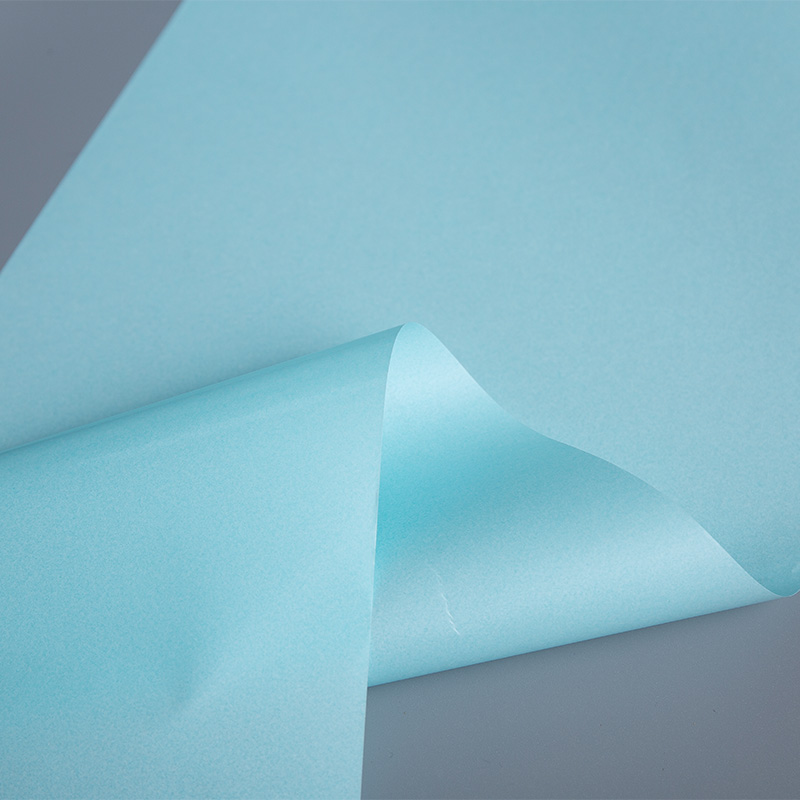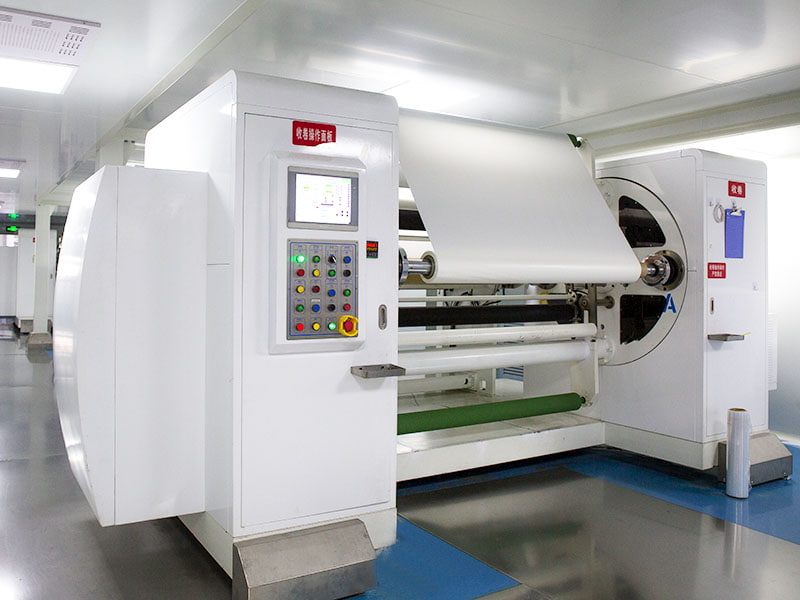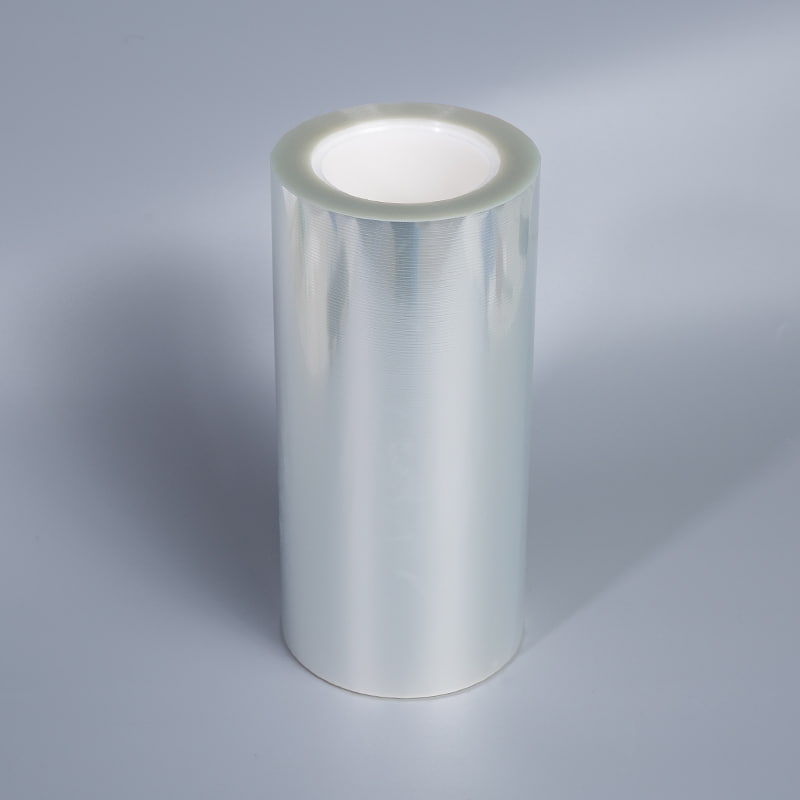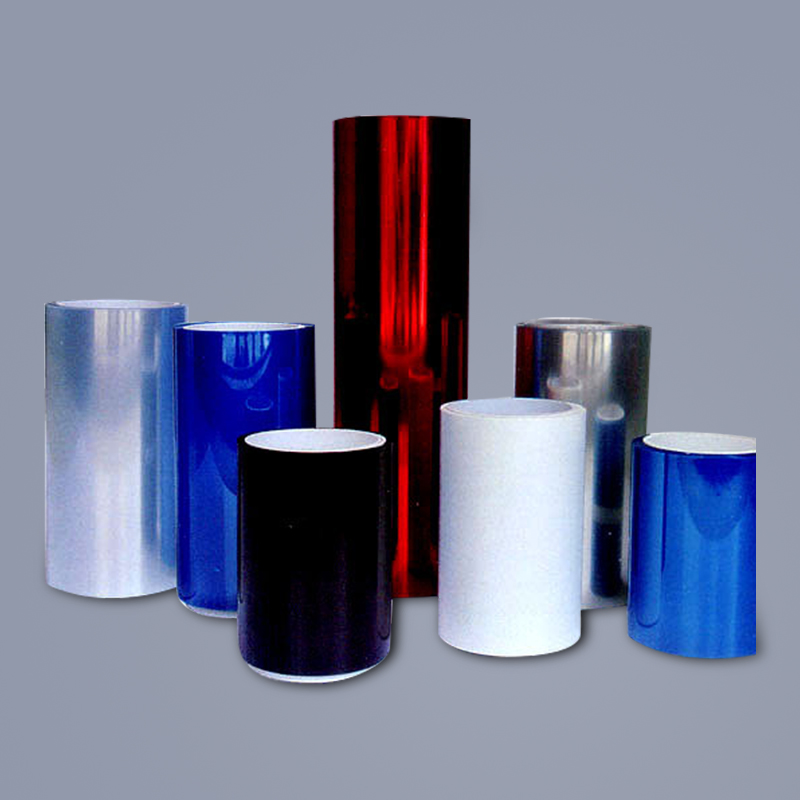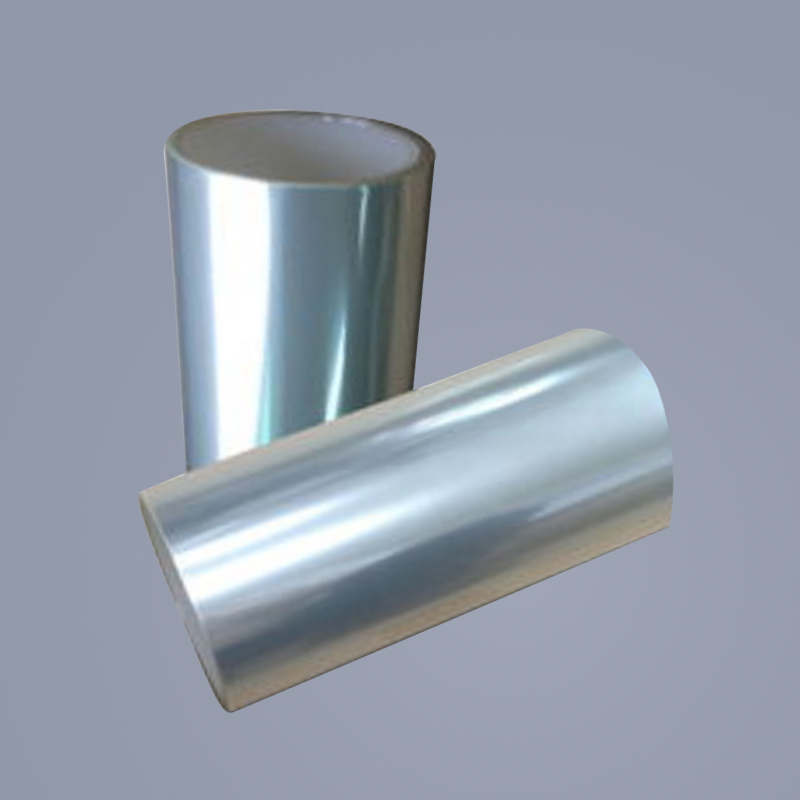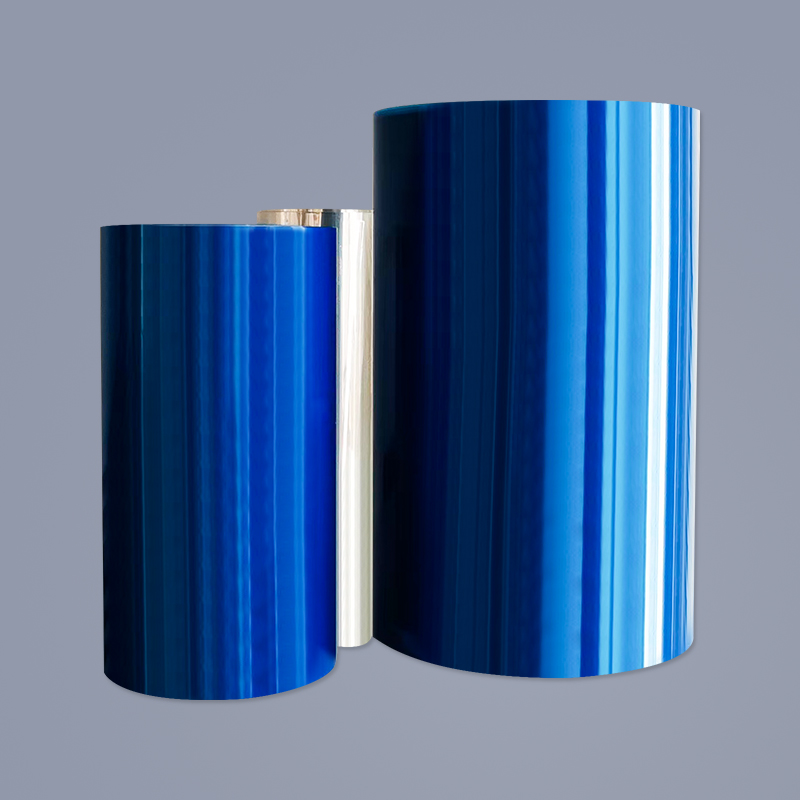- 1 Introduction: The Role of Premium Release Liners in Modern Converting
- 2 Decoding the Technical Specifications of Gracin Release Printed Paper
- 3 Understanding Release Force: The Heart of Performance
- 4 Gracin Release Paper in Precision Die-Cutting: A Perfect Synergy
- 5 Selection Guide: Matching Gracin Paper to Your Product Needs
- 6 About Anhui Hengbo New Material Co., Ltd.
- 7 FAQ
- 7.1 How do the Gracin paper substrate properties contribute to its performance as a printed release paper for die cutting?
- 7.2 Can the Gracin release liner release force range be customized for specific adhesive types?
- 7.3 What are the storage recommendations for Gracin Release Printed Paper to maintain its specifications?
- 7.4 Is Gracin Release Printed Paper suitable for use with food-contact adhesives and labels?
Introduction: The Role of Premium Release Liners in Modern Converting
In the intricate world of pressure-sensitive adhesive (PSA) products, the release liner is far more than just a protective carrier; it is a critical performance component that directly impacts converting efficiency, product quality, and end-use reliability. Among these, Gracin Release Printed Paper has emerged as a benchmark for applications demanding superior printability and precise convertibility. This article provides a deep dive into the essential Gracin release paper technical specifications, a detailed analysis of its Gracin release liner release force range, and explores why it is the material of choice for high precision die cutting release liner operations. Understanding these factors is key to optimizing your production process and achieving flawless end products.
- Converting Efficiency: The right liner ensures smooth processing through printing, die-cutting, and dispensing machinery, minimizing downtime.
- Product Integrity: A high-quality release liner protects the adhesive from contamination and damage, guaranteeing performance upon application.
- Value Addition: Pre-printed liners like Gracin can carry branding and instructions, adding direct value for the end-user.
Decoding the Technical Specifications of Gracin Release Printed Paper
To fully leverage the capabilities of Gracin Release Printed Paper, one must start with a thorough understanding of its fundamental physical properties. These Gracin release paper technical specifications are not just numbers on a datasheet; they are the blueprints that predict the material's behavior during conversion and in its final application. The consistent quality of the Gracin paper substrate properties is what sets it apart, providing a reliable foundation for demanding industrial uses.
- Consistency is Key: Batch-to-batch uniformity in specifications is crucial for maintaining high production yields.
- Interdependent Properties: Grammage, thickness, and smoothness are interrelated and collectively influence the liner's performance.
- Tailored for Performance: These specifications are engineered to meet the rigors of printing and die-cutting simultaneously.
Grammage and Thickness: The Foundation of Stability
Grammage (basis weight) and caliper (thickness) are the primary indicators of a release liner's substance and rigidity. For Gracin Release Printed Paper, these parameters are tightly controlled to provide an optimal balance. A higher grammage typically translates to better stiffness, which is essential for clean sheet feeding and high-speed automatic dispensing, making it an ideal printed release paper for die cutting applications where registration is critical.
- Standard Grammage Range: Typically falls between 80 to 120 gsm, offering a range of stiffness options.
- Caliper Consistency: A uniform thickness profile across the entire roll is vital to prevent jams and ensure consistent die-cutting depth.
- Impact on Die-Cutting: A stable, thicker substrate prevents die penetration through the liner, protecting the blade and ensuring clean cuts.
Surface Smoothness and Its Impact on Printability
The surface quality of Gracin Release Printed Paper is one of its most defining characteristics. Achieved through advanced calendaring processes, the exceptionally smooth and uniform surface serves two vital functions: it allows for a perfectly even silicone coating, which dictates release performance, and it provides an outstanding substrate for high-fidelity printing. This superior Gracin paper substrate properties enable sharp graphics, fine text, and consistent ink adhesion without penetration.
- Enhanced Print Fidelity: Supports high-resolution flexographic, offset, and gravure printing for branding and logos.
- Uniform Silicone Distribution: A smooth base ensures consistent release force across the entire web.
- Reduced Ink Consumption: A non-porous, smooth surface minimizes ink absorption, leading to cost savings and brighter colors.
Understanding Release Force: The Heart of Performance
Release force is arguably the most critical functional property of any release liner. It refers to the force required to cleanly and consistently separate the liner from the adhesive. For Gracin Release Printed Paper, the Gracin release liner release force range is precisely engineered to cater to various adhesive strengths and application speeds. Selecting the correct release force is paramount to preventing failure modes such as adhesive residue (too high a force) or premature pop-off (too low a force).
- Defined Measurement: Typically measured in grams per inch (g/in) or newtons per decimeter (N/dm) using standardized tests (e.g., FINAT FTM 10).
- A Dynamic Interaction: Release force is not a lone property; it is a system characteristic dependent on the liner, adhesive, and peeling conditions.
- Aged vs. Fresh Release: It's important to consider both immediate release and aged release force after the liner has been in contact with the adhesive for some time.
Standard Release Force Ranges for Gracin Paper
Gracin Release Printed Paper is available in a spectrum of release forces to match diverse application needs. Understanding this Gracin release liner release force range allows converters to make an informed selection. The following table outlines the common classifications and their typical force values.
| Release Level | Typical Release Force Range | General Characteristics |
| Light / Low Release | 5 - 15 g/in | Easy release for low-tack adhesives, suitable for high-speed dispensing. |
| Medium / Standard Release | 16 - 40 g/in | The most common range, balances easy release with good adhesive anchorage. |
| High / Tight Release | 41 - 70 g/in | Designed for aggressive acrylic or rubber-based adhesives. |
| Very High / Controlled Release | 70+ g/in | For extremely aggressive tapes and films, ensuring no premature separation. |
How to Select the Correct Release Force for Your Application
Choosing the right release force from the available Gracin release liner release force range is a strategic decision. The goal is to find the lowest possible release force that still securely holds the adhesive product during storage, shipping, and converting. This minimizes the energy required for dispensing and ensures reliable performance.
- Consider the Adhesive Tack: High-tack adhesives generally require a higher release force.
- Evaluate Application Speed: High-speed automatic application often benefits from a lower, more consistent release force.
- Account for Die-Cutting Stress: Intricate or multi-layer die-cutting can put stress on the adhesive-liner bond, potentially requiring a medium-to-high release force.
Gracin Release Paper in Precision Die-Cutting: A Perfect Synergy
The true test of a release liner often comes in the die-cutting department. Gracin Release Printed Paper excels as a high precision die cutting release liner due to its exceptional dimensional stability, consistent caliper, and controlled release force. Its robust Gracin paper substrate properties prevent common issues like liner breakage, fiber tear, and matrix stripping, which are costly and disruptive in a production environment. When used as a printed release paper for die cutting, it maintains graphic registration and delivers a pristine, professional-looking product.
- Dimensional Stability: Resists stretching and shrinking under the pressures and temperatures of die-cutting, ensuring perfect registration of pre-printed graphics and die-cut shapes.
- Clean Matrix Removal: The right balance of stiffness and release force allows the waste matrix to be cleanly stripped away without lifting the labels.
- Extended Die Life: A uniform and resilient surface reduces wear and tear on expensive cutting dies.
Overcoming Common Die-Cutting Challenges with Gracin Paper
Many production headaches can be traced back to an incompatible release liner. Gracin Release Printed Paper is specifically engineered to address these challenges head-on, making it a reliable printed release paper for die cutting complex designs.
- Challenge: Liner Nicking and Breakage. Solution: The high tensile strength and tear resistance of the Gracin substrate prevent web breaks during high-speed processing.
- Challenge: Adhesive Ooze or Bleed. Solution: The dense, non-porous structure acts as an effective barrier against adhesive migration.
- Challenge: Inconsistent Label Dispensing. Solution: A uniform release force across the roll ensures labels pop off predictably every time.
Selection Guide: Matching Gracin Paper to Your Product Needs
Selecting the correct grade of Gracin Release Printed Paper is a systematic process. Use this guide as a starting point to match the material's properties to your specific application requirements, ensuring optimal performance as a high precision die cutting release liner or for other demanding uses.
- For Ultra-Thin Labels and Electronics: Choose a lower grammage (e.g., 80-90 gsm) with a light to medium release force.
- For High-Speed Prime Label Application: Opt for a medium grammage (e.g., 90-100 gsm) with a consistent low release force for reliable dispensing.
- For Aggressive Industrial Tapes and Foams: Select a higher grammage (e.g., 100-120 gsm) with a high or very high release force to prevent unwind issues.
- For Intricate Multi-Layer Die-Cutting: Prioritize dimensional stability and a medium release force to maintain registration and prevent label lifting during matrix stripping.
About Anhui Hengbo New Material Co., Ltd.
Anhui Hengbo New Material Co., Ltd. was established in 2017 and has rapidly grown into a specialized manufacturer at the forefront of high-performance materials. The company's core expertise lies in PET polyester film, PET release film, and protective film, with its products serving a vast array of industries including printing, flexible circuits, insulating products, laser anti-counterfeiting, electronics, and medical plasters. The company's successful attainment of both safety production standardization and IS09001 international quality management system certification underscores its unwavering commitment to quality and consistency. This dedication to excellence ensures that the materials they provide, including advanced release liners, meet the most demanding Gracin release paper technical specifications. Anhui Hengbo operates on a people-centric philosophy, building lasting customer relationships through integrity and tailored, thoughtful service.
FAQ
How do the Gracin paper substrate properties contribute to its performance as a printed release paper for die cutting?
The Gracin paper substrate properties are meticulously engineered to create a synergistic effect that benefits both printing and die-cutting. The high density and smoothness of the base paper provide an ideal surface for high-resolution printing, ensuring ink lays flat and does not feather or penetrate. Simultaneously, these same properties—especially the high internal bond strength and dimensional stability—prevent the paper from delaminating or fracturing under the sharp impact of a die-cutting blade. This results in clean, sharp label perimeters and allows for the efficient stripping of the waste matrix, which is critical for high precision die cutting release liner applications. Essentially, the substrate acts as a stable, robust canvas that can withstand the rigors of conversion while presenting a perfect surface for graphics.
Can the Gracin release liner release force range be customized for specific adhesive types?
Yes, the Gracin release liner release force range is highly customizable through adjustments in the silicone coating formulation and application process. Standard grades cover a wide spectrum, but manufacturers like Anhui Hengbo New Material Co., Ltd. often work closely with clients to develop tailored solutions. For instance, if a customer uses a very aggressive, high-tack acrylic adhesive, a custom grade with a tighter, more controlled release force can be engineered to prevent ooze and ensure safe unwind. Conversely, for sensitive medical hydrogels, an ultra-clean, low-release version can be produced. This customization is key to solving specific application challenges and is a core service offered by advanced material suppliers.
What are the storage recommendations for Gracin Release Printed Paper to maintain its specifications?
To preserve the critical Gracin release paper technical specifications such as release force and flatness, proper storage is essential. Rolls of Gracin Release Printed Paper should be stored in their original packaging in a cool, dry, and dark environment. The ideal temperature range is between 15°C and 25°C (59°F and 77°F) with a relative humidity of 50% ±10%. It is crucial to store rolls upright on their cores, not lying flat, to prevent deformation. Exposure to direct sunlight, extreme temperatures, or significant humidity fluctuations can alter the release chemistry and cause the paper to curl or warp, compromising its performance as a high precision die cutting release liner. Always practice first-in-first-out (FIFO) inventory management.
Is Gracin Release Printed Paper suitable for use with food-contact adhesives and labels?
Gracin Release Printed Paper can be manufactured to be compliant with food-contact regulations, but this is not a universal property of all grades. Compliance depends on the specific formulations of both the base paper and the silicone release coating. For applications involving direct or indirect food contact, it is imperative to specify this requirement to your supplier. They can then provide a grade that meets relevant international standards, such as FDA CFR 21175.105 or EU 10/2011, ensuring that all components are non-migratory and safe for the intended use. Always request and retain the manufacturer's compliance statement or certificate of analysis for your records.


